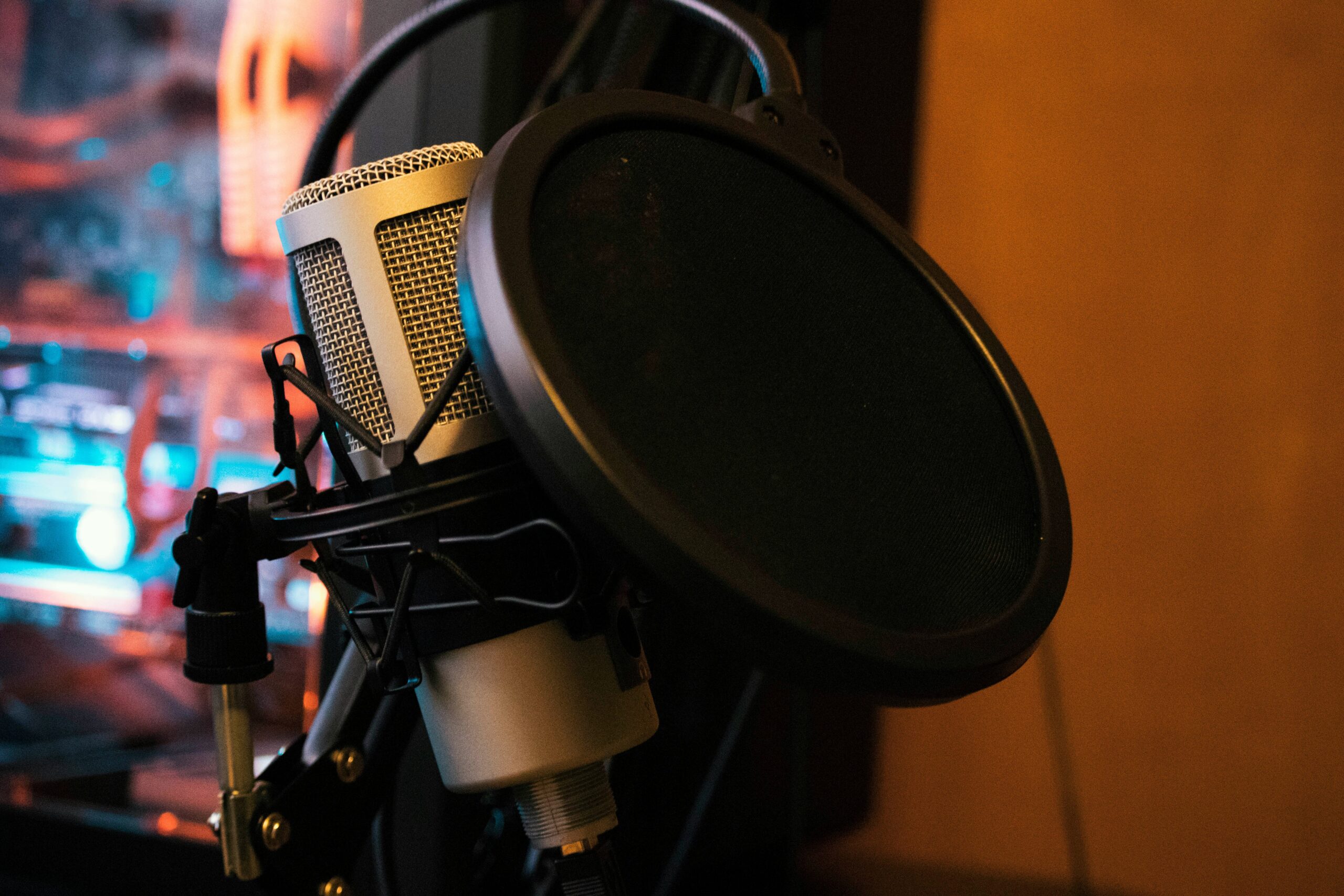In-Ear Monitors Elevating Your Sound Experience

In-ear monitors (IEMs) have revolutionized the way musicians, audio professionals, and even audiophiles experience sound. These compact and highly specialized devices offer a personalized and immersive listening experience. In this article, we’ll explore the world of in-ear monitors, their benefits, applications, and what makes them an essential tool for musicians and audio enthusiasts.
What Are In-Ear Monitors?
In-ear monitors, often referred to as IEMs, are compact earphones designed to provide clear and high-fidelity audio directly into the listener’s ears. Unlike traditional over-ear headphones or stage monitors, IEMs fit snugly inside the ear canal, isolating external noise and delivering a precise and personalized sound experience.
Read Also: Eyes On With Samsung’s 34-Inch Curved Gaming Track
Benefits of In-Ear Monitors
- Customized Sound: One of the most significant advantages of IEMs is their ability to provide customized sound profiles. Musicians and audio professionals can tailor the audio to their liking, enhancing clarity and detail.
- Noise Isolation: IEMs create a seal in the ear canal, effectively isolating the wearer from external noise. This isolation is crucial for musicians performing in loud environments, as it allows them to hear their own music clearly without the need for excessive stage volume.
- Compact and Portable: IEMs are compact and easy to transport, making them ideal for musicians who are constantly on the move. They are also discreet and less obtrusive on stage.
- Reduced Stage Volume: In-ear monitors help reduce the need for loud stage monitors, leading to better sound quality and lower risk of hearing damage for musicians.
- Wireless Connectivity: Many modern IEM systems are wireless, providing freedom of movement and eliminating the hassle of tangled cables.
Read Also: HP 25er 25-Inch Show Evaluation
Applications of In-Ear Monitors
- Live Performances: Musicians, from rock bands to orchestras, use IEMs during live performances to monitor their own performance and collaborate with other musicians effectively.
- Recording Studios: Audio engineers and artists use IEMs during studio recording sessions to hear precise details in the mix, ensuring the quality of the recording.
- Broadcasting: In-ear monitors are popular among television and radio presenters, enabling them to hear their cues and communicate effectively while on air.
- Audiophiles: Audiophiles seek high-quality IEMs for a superior listening experience, enjoying the full range of audio frequencies with exceptional clarity.
Read Also: Acer Predator Z1 (Z271) Overview
Choosing the Right In-Ear Monitors
When selecting IEMs, there are several factors to consider:
- Sound Quality: Look for IEMs with a frequency response that suits your preferences, whether you prefer enhanced bass or a neutral sound signature.
- Fit and Comfort: Comfortable IEMs with a secure fit are essential, especially for long listening sessions or live performances.
- Custom vs. Universal Fit: Custom-molded IEMs offer the best fit and sound isolation but can be more expensive. Universal-fit IEMs come in various sizes and are more budget-friendly.
- Wired vs. Wireless: Choose between wired IEMs for reliability or wireless IEMs for freedom of movement.
- Brand and Reviews: Research reputable brands and read user reviews to ensure the IEMs meet your expectations.
In-ear monitors have become indispensable tools for musicians, audio professionals, and audiophiles alike. Their ability to provide customized sound, noise isolation, and portability make them an essential choice for those who demand a superior audio experience. As technology continues to advance, in-ear monitors are likely to become even more accessible and sophisticated, further enhancing the way we perceive and interact with sound.





























